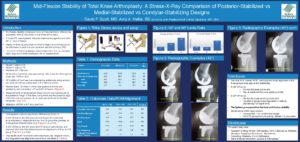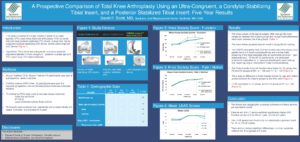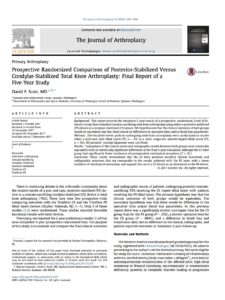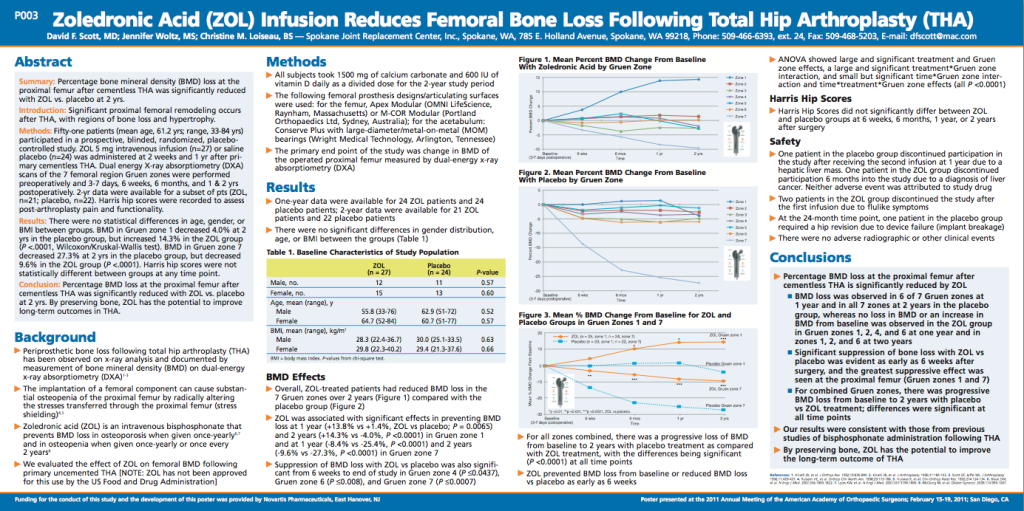Leaders in Spokane Orthopaedic Research
Dr. David Scott is the leader for Spokane orthopaedic research in surgery and joint replacement. He believes that such research is critical to the advancement of medicine. His core conviction also supports the OSC standard of constant improvement to the care and solutions we offer patients.
Dr. Scott’s constant activity in the joint replacement research field makes him one of the most influential physicians in the Inland Northwest. He recognizes that physician-driven research is indispensable for finding new and better ways to serve patients. For this reason, he initiates many of his own studies—a unique practice among his peers. Dr. Scott has also gathered a strong team to support his crucial research efforts. The full staff at OSC maintains certifications with the National Institute of Health and the Collaborative Institutional Training Initiative.
Additionally, Dr. Scott acts as leader in orthopaedic technology research. His work has even included development of a state-of-the-art knee replacement system. Today he continues to contribute to the design of new tools shaping the field. His commitment to research also expands into the academic world. Thanks to his presence on the academic staff at both the University of Utah and the University of Washington, he is helping shape the future of the profession.
Current Research (Actively Enrolling)
- Medacta GMK Sphere Medial-Pivot, Cruciate Substituting vs. Medacta GMK PS Posterior Stabilized Knee Outcomes Study. (Click poster to read more.)
- Medacta GMK Sphere Medial-Pivot, Cruciate Substituting Multi-Center, Post-Market Outcomes Study.
- Antero-Posterior Knee Stability with Medial-pivot, Cruciate-Substituting, and Posterior-Stabilized Total Knee Arthroplasty. A Retrospective Study.
- An Open-Label, Non-Controlled Study to Evaluate Outcomes of Pulsed Electromagnetic Field (PEMF) Therapy in Subjects with Various Pain Etiologies.
Ongoing Studies (Enrollment Closed)
- A Prospective Comparison of Total Knee Arthroplasty with the OMNI Apex Ultracongruent vs. the Triathlon CS Tibial Insert vs. the Triathlon PS Tibial Insert. (Click the posters and publications below to read more).
- A DXA Evaluation of Bone Density Changes After Hip Replacement. Performance of the OMNI Apex Modular Hip Stem and the OMNI Apex Arc Stem in Primary Total Hip Arthroplasty. Five Year Clinical and DXA Analysis.
- A Dual Energy X-Ray Absorptiometry Comparison of Periprosthetic Bone Loss Between Patients Undergoing Hip Resurfacing Surgery and Total Hip Arthroplasty.





